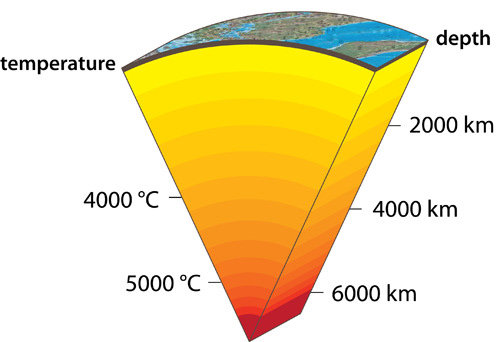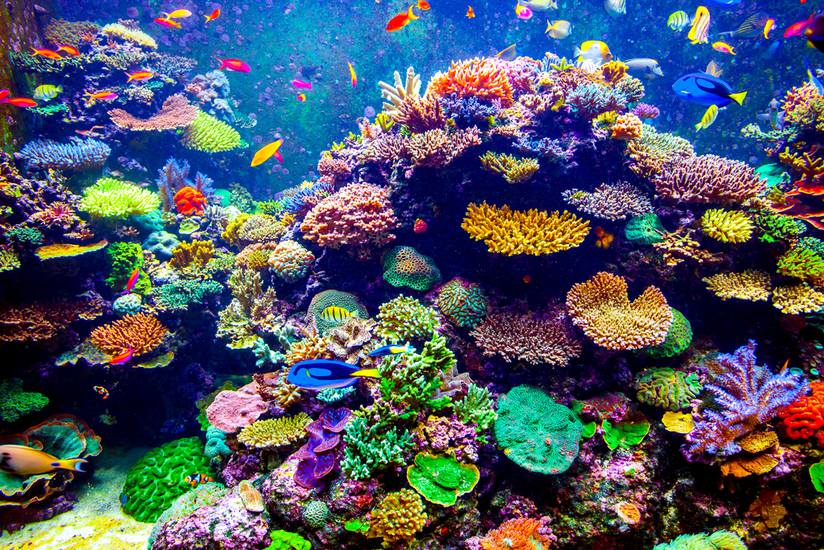Overview Whether we’re at school or at work, the one thing we tend to take for granted is our home. Not our physical houses, but our Home – the Earth.…
read moreClimate Change (or global warming) is the increase of the Earth’s global temperature. In the last century, it has been noted that the Earth temperature has increased by 1 degree…
read moreOverview Coral has the appearance of a beautiful undersea garden, but contrary to its appearance, coral is not a plant; it is technically classified as an animal. Coral reefs are…
read moreOverview Clouds on Earth form in the atmosphere from condensed water vapor. They are classified both by their location in the troposphere and by their appearance. Some clouds are low-level,…
read moreOverview Desert lands generally receive less than 10 inches of rainfall per year, and sometimes receive no rainfall in a year. Desert climates may be hot or cold, and the…
read moreOverview Glaciers form on land when the amount of snow falling in winter is greater than the amount that melts in the summer. The compact snow and ice form sheets…
read moreOverview Not all water on Earth exists in lakes, rivers, and seas. Some water can be found underneath the surface of the Earth as ground water. Ground water is an…
read moreOverview Large river systems and smaller rivers and streams often flood as a result of heavy rains and snowmelt. Land is submerged as the water level rises above its normal…
read moreOverview Fresh water on Earth can be found in rivers, streams, lakes, and underground reservoirs. It is a small but important percentage of all water, since over 97 percent is…
read moreOverview Surface processes such as weathering and erosion transform mountains and other landforms. Rocks and minerals disintegrate into sediment, and it is transported into other areas, building up new landforms.…
read more



